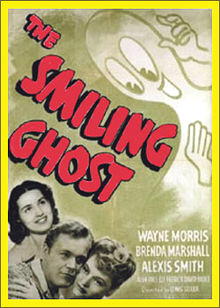Thu 29 Jun 2017
AGATHA CHRISTIE – Dead Man’s Folly. Dodd Mead, US, hardcover, 1956. Pocket, US, paperback; 1st printing, June 1961. First published in the UK by Collins, hardcover, 1956. Umpteen reprint editions exist, in both hardcover and soft. Made-for-TV movie: CBS, 8 January 1986 (with Peter Ustinov as Poirot, and Jean Stapleton as Mrs. Oliver). Also televised as an episode of Agatha Christie’s Poirot, ITV, UK, 30 October 2013 (Season 13, Episode 3), with David Suchet as Poirot and Zoë Wanamaker as Mrs, Oliver.
If you’ve never read this book, a folly is probably not what you think it is, not in the context of this particular story. Looking online, I found this definition, which is as good as any: “A costly ornamental building with no practical purpose, especially a tower or mock-Gothic ruin built in a large garden or park.”
I have a feeling, although I’m not certain, that this book may have been my introduction to both Agatha Christie and her famed Belgian detective, M. Hercule Poirot. The timing is right — 1956 was about the time I signed up with the Dollar Mystery Guild — but it’s also over 60 years ago, and who remembers for sure? I know I’ve read the book before, that much I’m positive of, but when? Only the vaguest of memories.
In this one Poirot is asked by his good friend and very successful mystery writer Ariadne Oliver to help her with a murder hunt she’s putting on, complete with victim and clues.
Asking him to pose as the person awarding the top prize to the winner of the contest, what she really wants Poirot to do is tell her why she feels so strangely that something is wrong, that somehow she is not in control of things.
Poirot is out of his depth. He deals with real murders, real suspects, real clues and real detective work, not fake ones. But it does give Ms. Christie to have some fun with the situation, and to allow the reader to have play along with her. She could wield a very wicked pen when she had the chance to do so, often at the expense of her characters, and so she does here.
But things eventually turn serious, as we knew it would all along. The young girl who’s playing the part of the victim is instead found really dead, and in the exact place the fake body was to be lying. This narrows the suspects down to only those who knew about Mrs. Oliver’s game ahead of time, ruling out all of the contestants who paid money to solve her make-believe mystery.
And of course what this means is that in the second half of the book it is Ms. Christie who’s playing a game with the reader. Only in retrospect, though, can it be said that this is a fair play mystery. The clues are there, but they’re obfuscated so well (or badly) that I challenge any reader to make sense of them before Poirot does.
I hope this does not sound like sour grapes. The sleight of hand, while extremely clever, could have been more sharply done this time, I thought, and the book would have been much better for it. My advice: Read this one very carefully, with the sense that what happens in every scene may be extremely important to the unraveling of the puzzle as it’s presented to you, and report back to me how well you do.
I don’t know if this last thought of mine deserves a PLOT WARNING or not, since I’m not sure whether it will help or not, but yes, the folly on Sir George Stubbs’s large estate does have a key role to play.


